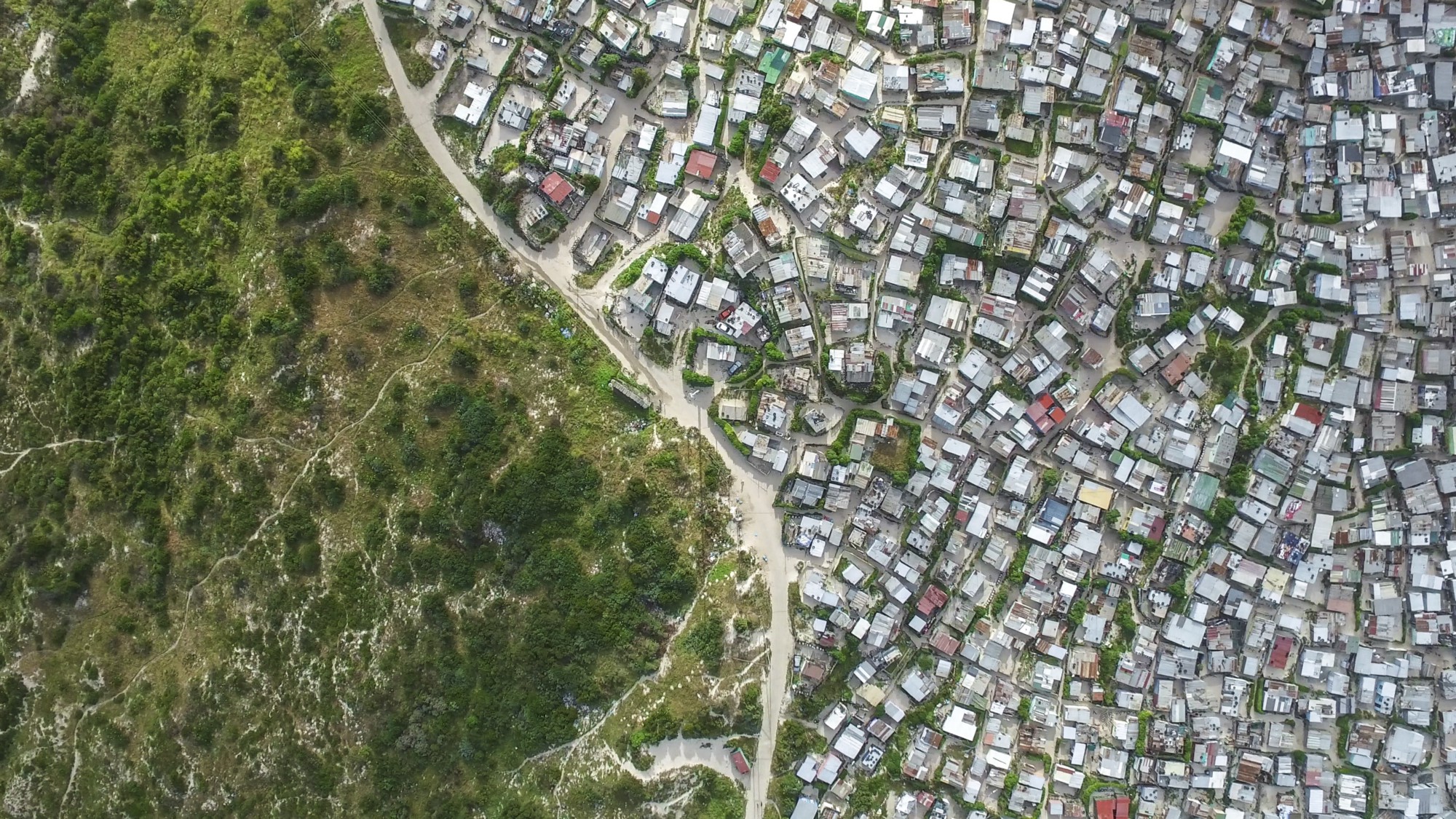It's time to ditch the jargon and tell stories about property rights that create the impact needed for change
In a world bombarded with information, stories are everything. Strong storylines can inspire movements and shift attitudes. The “99 percent” story sparked a global conversation about income inequality, and fueled the Occupy Wall Street movement.
But the area in which I work – Property Rights – has a serious storytelling problem. Let’s admit it: we’re pretty terrible at conveying the human impact of insecure property rights in a way that would stop people in their tracks, and make them feel like they have to care about this cause. When we do write about property rights, we spend our time citing esoteric reports, describing “project beneficiaries” and drowning in acronym stew. We argue with each other over small technical differences (“customary” vs. “commons” vs. “communal”) that leave mainstream audiences scratching their heads and shrugging their shoulders.
It’s no wonder then that even though more than a billion people around the world lack secure property rights, the topic isn’t seeing as much attention as social and environmental causes like human trafficking, climate change, and forced labor. In the global march towards progress and development, property rights is being left behind.
But it doesn’t have to be that way. Increasingly, the people who tell stories best - journalists – are starting to train their pens and lenses on this topic.
Last month, journalists from the Thomson Reuters Foundation and from the Pulitzer Center screened powerful documentaries at the Conference on Land Policy in Africa, held at the United Nations Economic Commission for Africa in Addis Ababa.
The first, called “Green: At What Price”, told the story of how a large agroforestry investment devastated a poor community in Uganda, taking viewers through the tough choices that governments, companies, and communities have to make when land becomes commercially valuable.
The second, called “A Widow’s Torment”, produced for National Geographic, gave a visceral account of what happened to one woman and her son when her husband died, and the in-laws swooped in to take her property. You could have heard a pin drop in the large United Nations plenary room, as the audience watched the woman recount her former family beating her cows to death, uprooting her crops, and digging a makeshift grave for her still-alive son.
A third journalist, Pulitzer Center grantee Bukola Adebayo, presented a multi-media story she penned for The Punch in Nigeria about the devastating impacts of sand dredging on coastal communities. The audience let out an audible gasp as Adebayo scrolled down the page – from a “before” photo of a vibrant community of stilted homes dotting a shallow plane, to the “after” photo of a trash pile of collapsed metal and wood, slowly being dragged away by a sandy tide.
That gasp – the “aha” recognition of the impact that the difference between secure and insecure property rights can make on individual lives – is what we need in our field. But until we learn to convey the human impacts of property rights, it will continue to be a topic not enough people know or care about.
So how do we, as property rights advocates, practitioners and community leaders, get better at telling our stories? Here are 5 tips gleaned from seasoned journalists:
1. Grab them with the headline. Advertising guru David Ogilvy famously said: “On the average, five times as many people read the headline as read the body copy. When you have written your headline, you have spent eighty cents out of your dollar.” Stop your reader’s scrolling finger by mastering the art of the headline. The best headlines are punchy and provocative. They use numbers, for example by calling out a striking statistic. Or, they use trigger words like “why” or “how” – these words promise to answer a reader’s question. Many successful headlines contain a ‘call to action’ by including words like ‘try’ or ‘click’ or ‘go’. And of course there’s no substitute for a bold statement that shocks the reader into wanting to know more: Paola Totaro’s PLACE article “Dying for a Pee” is a great example.
2. Get to the point. After the headline, the first paragraphs of an article are the most important. You got your reader to click – now, keep them reading with a strong first paragraph (or ‘lede’ as journalists call it). The lede should pique the reader’s curiosity, and invite them to read further. Straight news ledes answer as many of the classic “5 Ws and H” of journalism as possible: What happened? Where did it happen? When did it happen? Who was involved? Why did it happen? How did it happen? Alternatively, a descriptive lede will paint a picture or set a scene to draw the reader in, and an anecdotal lede will use an example to illustrate what the story is about – but remember, the 5 Ws and H can’t be too far behind. Check out Michael Taylor’s PLACE article “‘Borneo Atlas’ to help Palm Oil Buyers Check on Forest Damage” for a straight news lede that gives us the Who, What, Where, Why, and When, right up front.
3. Highlight a human. People respond to people. We are hardwired to empathize with the triumphs and struggles of our peers. Where possible, use a human example to tell your property rights story. Instead of abstractly describing legal property rights challenges that widows face, tell the story of a widow who lost her property, and what happened to that widow. Amy Toensing and Cynthia Gorney demonstrate this masterfully in “A Widow’s Torment”, which ran in National Geographic.
4. Ditch the acronyms and inside baseball. Think about how you would tell a story to your grandfather or to your next door neighbor. The rule of thumb is: if a term or concept would confuse the layperson then it has no place in your article. This one is tough because we work in a technical field, and it’s tempting to assume that everyone knows industry jargon like “Voluntary Guidelines” or even “land tenure”. But there’s no surer way to lose a reader than presenting them with an incomprehensible concept. If we want to grow our audience, we must use simple, accessible language and include examples to illustrate what we mean (e.g., “property rights in the form of land titles, deeds and building registrations”). Read the Wall Street Journal to see this in practice—you’ll notice how business journalists break down financial concepts in a way that you are able to understand.
5. Keep sentences short, simple, and active. Simple stories are the ones that spark social movements. People need to be able to digest and remember your story if you want them to share it with others—and that starts with sentence structure. A journalism professor once told me: unless you're making a list, if you have more than three commas in your sentence, you’re doing too much. Resist the urge to cram a dozen concepts and caveats into a single sentence. That means using short, declarative sentences. It also means using active voice: instead of saying “a report was published by Oxfam” say “Oxfam published a report”. Check out Bukola Adebayo’s article “Shifting Sands: Lagos Communities Count the Cost of Dredging” in Nigeria’s The Punch newspaper, an excellent example of keeping it simple.
The Conference on Land Policy in Africa showcased the incredible amount of hard work and progress happening in the property rights field. As journalists help raise the banner for us, we must also do our part in telling stories that educate, inspire and empower more people to act. It’s time we tell the stories we already hold close to our hearts—the stories that compel us to wake up every day and fight for the more than 1 billion people without property rights.
Yuliya Panfil is an associate at Omidyar Network, where she sources and manages investments for the Property Rights initiative.


